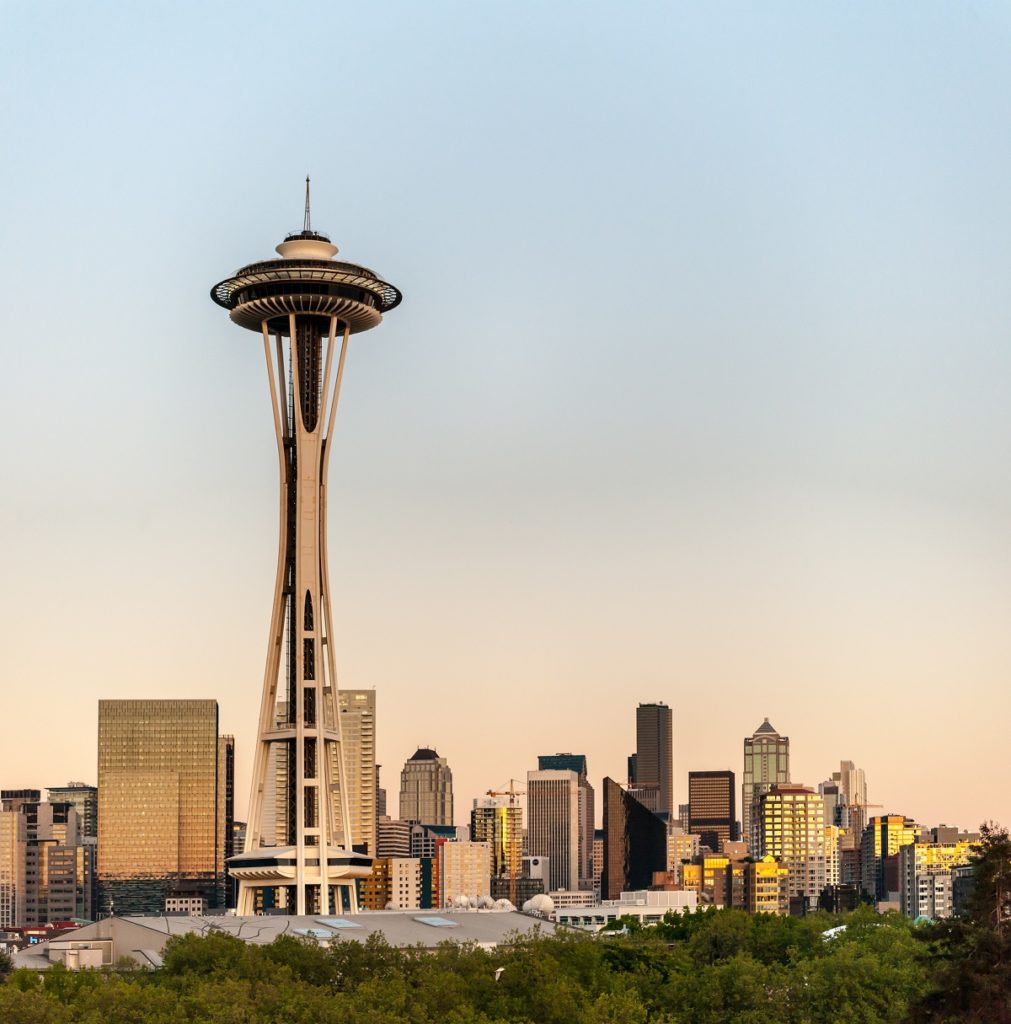Studies show that, on average, Americans move at least 11 times throughout their lifetime. For the millennials, it could be more.
In a recent report by Zillow, the Y generation, or those born from the early 1980s to the late 1990s, seems to move around more frequently than the previous ones.
In the 1960s, fewer than 35% of young adults changed addresses every two years. In 2017, the percentage rose to 45%.
The question is, where are they going? The Y generation is likely to congregate in these cities:
1. Murrieta, California
Unlike the previous decades, more people are saying bye-bye to California. New records suggest that only 21,200 individuals called the Golden State their new home from 2019 to 2020. That’s a measly increase of 0.05%.
The high cost of living, traffic, expensive homes, and, more recently, the pandemic might be driving the young ones away. However, one city is trying to be an exception.
According to the World Population Review, the fifty-fourth biggest metro in California increased its population by almost 1.5%. By 2021, it could achieve its highest population. The median age here is 33.
What attracts millennials here? Murrieta is only about an hour’s drive away from LA, but the cost of living is more affordable. Housing in this city, for instance, is over 50% cheaper than that of LA. The median income is also higher than the national average.
The market, however, is competitive. Homeowners planning to sell their property may want to make renovations now. They can begin with bathroom remodeling with the help of home improvement experts.
Several real estate and home remodeling surveys reveal that, next to the kitchen, the bathroom is one of the attractive parts of a house for buyers.
2. San Antonio, Texas
In 2020, San Antonio increased its population by over 17,000 from 2018 to 2019. This placed the city in the second spot nationally. Meanwhile, the millennial group rose by 14% between 2010 and 2015, said the Brookings Institution. It even outpaced the capital, Austin, and Houston.
For the experts, San Antonio is a big city that retains a small-town feel. This tends to correlate to other observations that claim millennials are shying away from high-density and urban areas in favor of the suburbs.
The cost of living is also a possible factor. One can already buy a decent house for less than $200,000 and live on an annual salary of around $50,000. Plus, it doesn’t have a state income tax.

3. Seattle, Washington
It seems millennials are going sleepless in Seattle as they try to population one of the state’s charming cities. According to the data, the metro experienced a massive people growth at 2.38% from 2014 to 2019. Within this period, the number of residents rose to over 700,000.
The population of the Y generation, on the other hand, soared by 14% within only four years since 2014. By 2018, they accounted for over 15% of the Seattle residents.
According to PODS, millennials may have picked the city because of its excellent economy. The unemployment rate in 2019 was only about 3%. The fast-growing job industries are also something most of this generation can relate to. These include biotechnology, environmental engineering, and genomics.
Further, Seattle provides easy access to the outdoors, offers impressive arts and entertainment, and welcomes millennials with its diversity and sense of community.
4. Salt Lake City, Utah
The millennial population in the Beehive State is huge, according to Utah Business. About 25% of Utahns belong to the Y generation. This percentage is at least 20% more than the size of the Gen Xers and nearly 40% higher than that of the baby boomers.
Among the popular cities, most millennials call the capital, Salt Lake City, their home. Although home prices have been going up due to strong demand, PayScale shared that the overall cost of living here is more than 5% lower than the national average.
At 3.6%, Utah’s unemployment rate is way lower than the rest of the country at 6.7%. Moreover, experts call Salt Lake City the next Silicon Valley with its rapidly growing tech industry.
Utah has one of the incredible outdoors and sells some of the biggest homes. Most of all, it’s one of the states with a highly diversified population. This makes many millennials feel more at home.
Millennials are unlike other generations. When it comes to what they want to call home, they prefer less-overwhelming affordable cities with lots of room for career and personal growth.
These cities fit the bill. Homeowners trying to sell their properties in these places are less likely to have a hard time getting a Y generation buyer.

